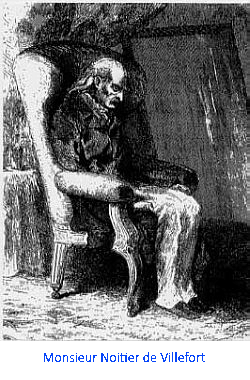The Locked-in- Syndrome – Definition of the illnessSteven Laureys:"The locked-in syndrome : what is it like to be  Spontaneous communication is best achieved through the blinking of eyelids.
Spontaneous communication is best achieved through the blinking of eyelids.The illness is presumably as old as mankind; however, in the past the victims of L.I.S. were labelled as ‘seemingly dead’. A first literary handling of L.I.S. appeared in the novel ‘The count of Monte Cristo’, written by Alexandre Dumas Père, in the form of Monsieur Noitier de Villefort. That is why the illness was named ‘Monte-Cristo-Syndrome’ in former times. The notations ‘pseudo coma’ and ‘ventral pons. Syndrome’ were used in literature. In 1967, Plum and Posner were the first to establish the name, Locked-In-Syndrome, for that kind of condition. Although L.I.S. itself is clearly clinically defined, it can appear as a result of a series of different illnesses (muscular atrophy [amyotrophic lateralsklerosis], meningitis, a.o.). The most frequent cause is a stroke in the form of a brain stem infarct, as it is caused for example through a basilar thrombosis. L.I.S. as a result of a stroke describes an extreme edge situation of ones life; however, for many victims it is only a gateway phase. Remission of symptoms and improvement of the condition are routinely and constantly reported. However, systematic research of rehabilitation possibilities has so far been unsuccessful. The LIS e.V. association stands up for the idea of early and intense rehabilitation and therapy for the afflicted, which went against common perceptions, has proven extraordinarily successful. The L.I.S. e.V. association stands up for the idea of early and intense rehabilitation and therapy for the afflicted, which went against common perceptions, has proven extraordinarily successful. |